If you’re a long-time reader of this blog – especially if you go back to when we were on the old site – you probably know I’m a fan of the triple option. I know this is anathema to most Notre Dame fans, but it’s always been my little quirk. It’s a simple offense so it’s easy to grasp all the main plays. All the action happens at the line of scrimmage so you don’t need to worry about crappy camera work cutting off important parts of the play. And it’s different than what you see in most other CFB games. So when Eric was organizing the game previews in the summer and no one else wanted the Navy game – not that I can blame any of them – I knew duty was calling.
Notre Dame (-21) vs. Navy
Notre Dame Stadium
South Bend, IN
Date: Saturday, November 6, 2021
Time: 3:30 PM ET
TV: NBC
It’s been a tumultuous year for Navy. In early September Navy fired assistant coach Billy Ray Stutzmann after Stutzmann refused to get the COVID vaccine*. After Navy’s 23-3 loss to Air Force on September 11, Navy Athletic Director Chet Gladchuk channeled his inner “message board poster emota-posting after a bad loss” and fired long time offensive coordinator Ivin Jasper over the head of Coach Ken Niumatalolo. If you don’t know, Jasper is considered the top authority on the triple option, outside of maybe Paul Johnson himself. It’s unclear what Gladchuk thought he was accomplishing by firing Jasper. Niumatalolo managed to talk Gladchuk off the ledge and Jasper was reinstated a few days later, though Niumatalolo calls the plays now.
And that doesn’t even cover the on-field problems. The Air Force game extended Navy’s streak of scoring less than 10 points to five games, dating back to 2020. Navy’s two wins have come against a UCF team down its top quarterback and running back and against a 3-5 Tulsa team that lost to UC Davis. The defense has been decent, but the offense is a mess. Navy is averaging only 224 yards rushing a game at 3.7 yards per carry. For reference, the 2019 Navy team that won 11 games averaged 360 yards rushing at over 6 yards a carry.
*Billy Ray’s brother, Craig, was the co-OC at Washington State until he was fired along with head coach Nick Rolovich and several other assistant coaches for, you guessed it, refusing to get vaccinated.
Navy’s Offense
You know what to expect. They’ve got some big dudes at fullback. There’s some small, shifty slotbacks. There’s a tall receiver who catches jump balls. And the offensive line cut blocks. Oh, there will be cut blocks. The names change from year to year but it’s always the same.
If you want specifics, Navy’s top two rushers are fullbacks Isaac Ruoss and James Harris II. They combine for 90 yards a game but only at 3.9 yards a carry. The top slotback is Carlinos Acie, who averages about 7.8 yards per carry, which is a little low for a Navy slotback. But he did rip off a 64 yard run against Tulsa so he is a big play threat. 6’5 Mychal Cooper is the top (and really only) receiving threat.
Tai Lavatai is the starting quarterback. He took over for starter Xavier Arline after Navy lost to Houston and has been the starter ever since. Lavatai has good size – 6’2, 210 pounds – so he’s perfectly capable of grinding out yards but he’s not a big play threat. He averages 2 yards a carry and his long run is only 20 yards. He’s a decent passer, completing 54% of his passes. But if Lavatai is throwing the ball a lot that bodes well for the Irish defense.
Marcus Freeman Versus the Option
With a new defensive coordinator, it’s understandable if Irish fans are worried about how the defense will fare against Navy. Luckily, Marcus Freeman came from the AAC, where he faced the triple option on a few occasions.
In 2017, Navy rolled up 569 yards rushing in a 42-32 victory over Cincinnati. I’ll give Freeman a pass here because that was the first year of the Luke Fickell regime and that Cincinnati team was a dreadful 4-8.
Their next meeting came a year later. This time Cincinnati won a dominant 42-0 game. Navy was held to only 124 yards rushing and their lowest per carry average on the season. As an added bonus, Cincinnati beat a good 9-3 Army team last season, giving up less than 200 yards rushing.
Freeman seems to favor a 4-4 defensive front with a single high safety. This is a common defense against the flexbone, and one which Notre Dame has employed in the past.
Here is the Cincinnati defense against Navy in 2018:
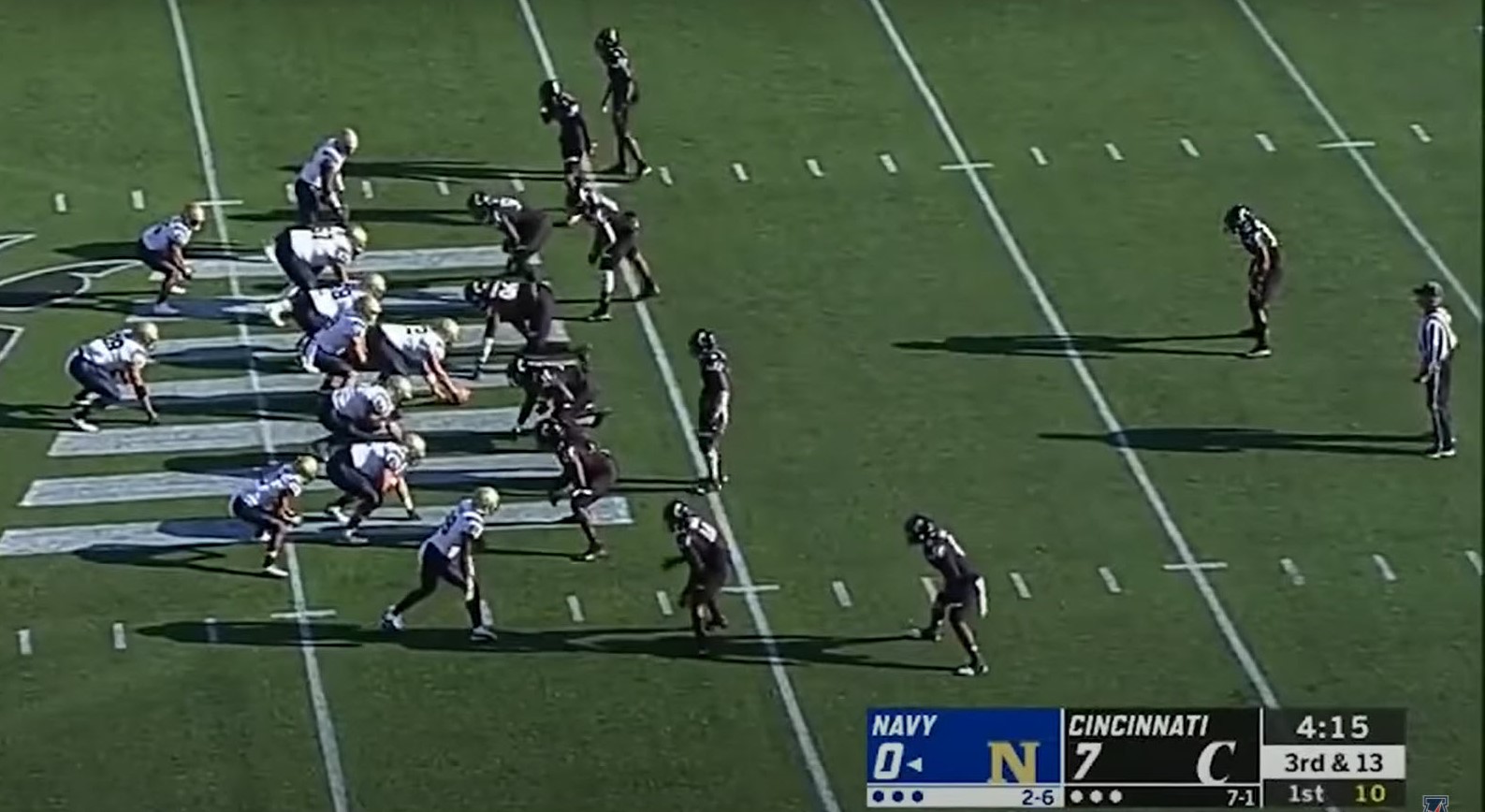
And against Army last year:

Notice the single safety standing about ten yards behind the line of scrimmage in both games.
In this type of defense, the safety typically follows the motion of the slotback. The rest of the defense tries to string the play outside and let the safety clean it up.
This style of defense is rather susceptible to counters and misdirection. If the offense can get the safety moving the wrong way there will be lots of room on the edge. Of course sticking someone like Kyle Hamilton at safety would ease a lot of these worries, but with the All-American safety out with an injury it will be interesting to see who plays back there or if Freeman switches to a more traditional defense with two safeties.
Navy’s Defense
Irish fans might recall that for a long time, Navy ran an extremely bend-but-don’t-break 3-4 defense. They were content to let teams try to put together 12 play drives, hold them to field goals, and let the offense suffocate the opposition.
That hasn’t been the case the past three years under defensive coordinator Brian Newberry. His scheme is much more multiple and (relatively) more attacking. The problem with running this type of modern defense at the Naval Academy is that sometimes you end up putting your players in terrible matchups, like two years ago when a player with the number 41 tried to cover Chase Claypool in man coverage. It might work against a decent chunk of the AAC schools but you’re asking for trouble against teams that recruit at a much higher level.
From a personnel standpoint, the name to remember is linebacker Diego Fagot. He leads the team in tackles by a wide margin and has 10 TFL on the year. Navy doesn’t have a super disruptive defense – only 9 sacks as a team on the year – but if there is a potential game-wrecker on their side, Fagot is the guy.
Prediction
This game feels hard to pin down for me. Navy got off to a horrible start to the season so it’s tempting to write them off as an easy victory. But since losing their first two games by a combined score of 72-10, only one game (a 35-17 loss to Memphis) has been decided by more than one score, and that includes games against SMU and Cincinnati. But that improvement has been driven almost entirely by the defense. Navy has only been over 400 total yards on offense and more than 5 yards per play in one game, the win over UCF.
So while most Irish fans are probably concerned about the defense, the offense should be the key to this game. It will be interesting to see how Tommy Rees calls the offense. On one hand, with the offensive line playing much better it might make sense to lean on the run game and ride Kyren Williams to victory. But on the other hand, it’s hard to see how the Navy secondary can consistently cover receivers like Michael Mayer, Kevin Austin, Avery Davis, and Lorenzo Styles. It will likely come down to how Navy decides to defend the Irish offense and it will be up to Rees to take advantage. There really isn’t an excuse for the offense to score less than 30 points, even with a limited number of possessions due to Navy’s style of offense.
The triple option isn’t a walk in the park to defend but this version of Navy is a far cry from a vintage Keenan Reynolds or Malcolm Perry offense. Navy has two pretty good fullbacks and Lavatai is a serviceable quarterback, but the offense has been bad this season. Navy has more games with less than 200 yards rushing (four) than with over 300 yards rushing (three). It’s hard to see them posing a huge challenge to the Notre Dame defense.
By almost every measure (record, traditional stats, advanced stats) Navy is the worst team on Notre Dame’s schedule. But it’s Navy and it’s the triple option so these games never seem to go the way they are supposed to. It’s not too hard to squint and see this game going a bit sideways:
- The defense just doesn’t seem to have it and Navy consistently puts together long drives
- The untimely mistakes that have killed plenty of promising offensive drives start to pop up again
- A bad turnover or two gives Navy extra possessions
Navy only needs one of those to turn a potential blowout into another stressful Saturday. But Navy is living off their defense and trying to get by with just enough offense. That doesn’t seem like a recipe for success against a team with talent like Notre Dame. I see the Irish keeping the Midshipmen at arm’s length the whole game and winning fairly comfortably but not covering the three touchdown spread. Most likely the offense moves the ball well and the defense is fine but with no Kyle Hamilton has trouble getting off the field, which shortens the game and allows Navy to keep it closer than they probably should. Notre Dame has been playing close games all year so why stop now?

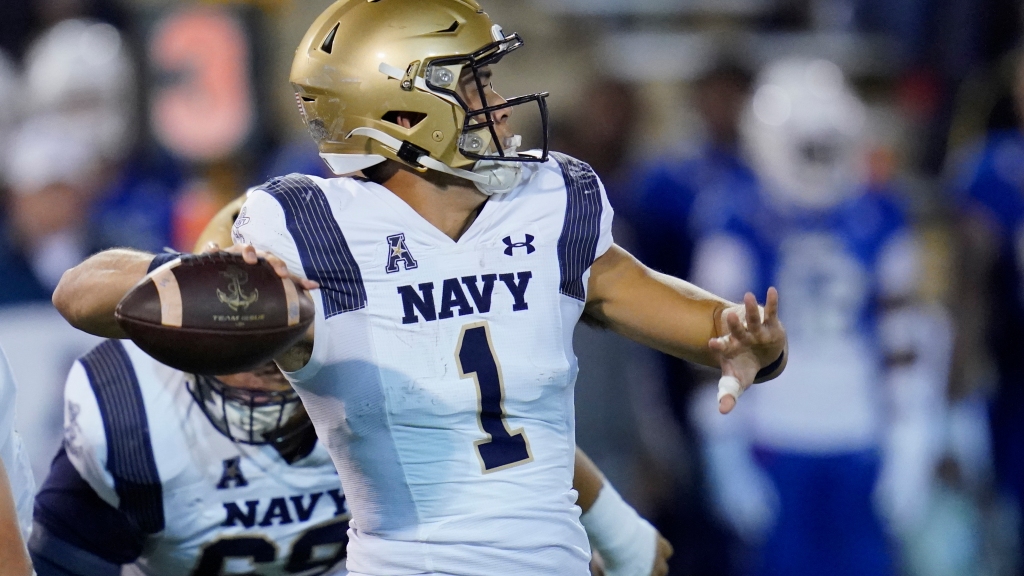
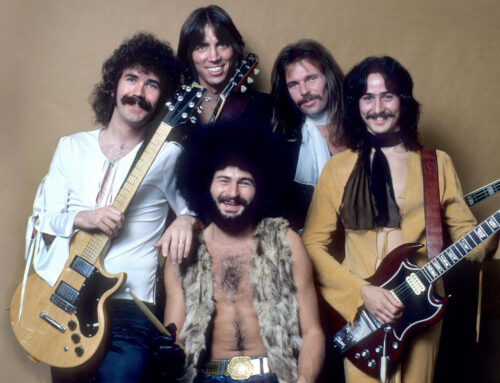
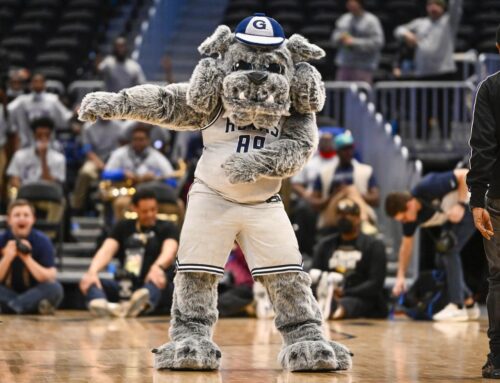
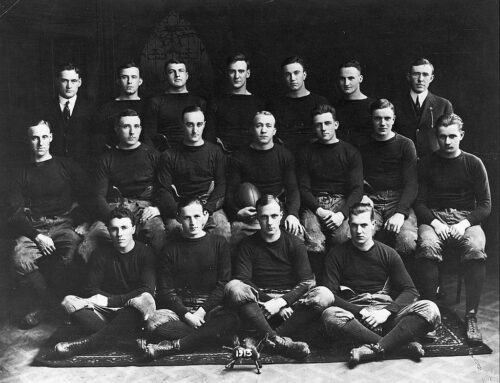
Freeman gonna come out in some new 2-5 lineup, isn’t he?
Nah he’s gonna stick with his 4-4, but Foskey will be the single high safety.
Rangy back there!
Hahaha, I was about to make the same joke about Foskey
Introducing the 1-1-1-1-1-1-1-1-1-1-1 formation!
I just spit out my coffee! This would be a matchup nightmare
Burger is back!
Burger : Navy :: Mariah Carey : Christmas
Name a more iconic duo
Jim Harbaugh and losing to Ohio State
Love a burger preview. (whispers) long live the option. I have a soft spot for it too. Always would use that offense to play friends in school, no one could stop it and the frustration is sky high.
6’5″…any relation to…Michael Cooper?
self-reply image fail…
My head tells me that ND should win comfortably, something like 38-13, but the anxious part of me sees Burger’s “keys to the game going sideways” and can imagine ND throwing a couple of picks and not getting Navy’s offense off of the field.
I’m thinking annoyingly high-scoring, but not really close. I don’t think (gulp) Navy will be able to do their 9-minute drive thing with an offense this bad, but I’m sure ND will whiff on some tackles that lead to big plays for the Midshipmen. So let’s say like 45-28.
I don’t think Notre Dame will cover. Navy is doing enough to be pesky, I doubt they will be remotely close to winning, but will hang around with a few long drives. Thinking like 35-21 or something like that, but wouldn’t be surprised if it was closer to the 27-20 game Cincy just won. A win that’s comfortable, but unimpressive and hopefully just keep it moving without any injuries.